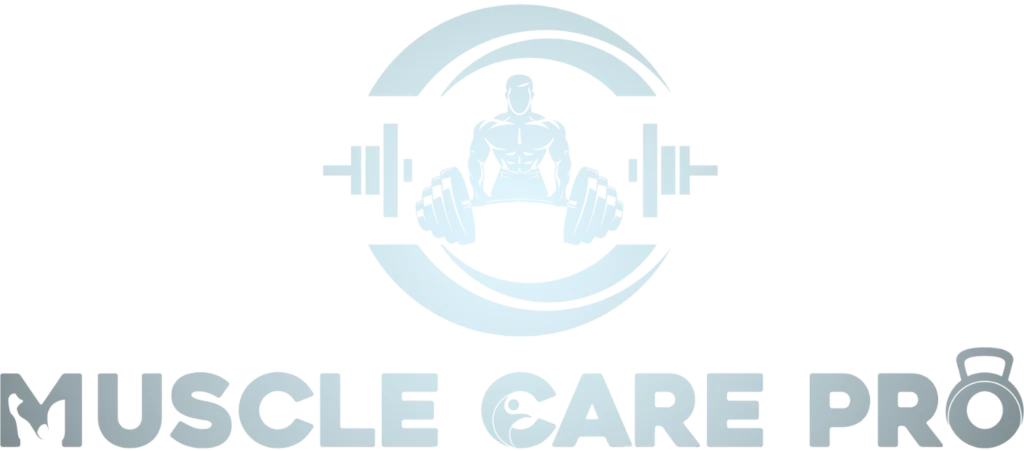Muscles Rack Pull is a variation of the deadlift that targets the posterior chain. These exercises involve gripping the barbell from off a rack positioned at knee level, with emphasis on hip extension as well as back strength.
Most of the muscles of the posterior chain, such as the back, glutes, and hamstrings, receive the utmost beneficial use in performing rack pulls. Strengthening these muscles will aid in enhancing your deadlift performance. Also, they help to alleviate the stress concentration on the lower back when compared to doing regular deadlifts. Performing rack pulls also works for an individual’s overall athleticism and strength.
Though deadlifts and muscles rack pull are also regarded as strength training exercises, there are notable disparities between them. In this case, the exercise begins with a barbell placed on the squat rack, usually on or above the knees. This shortens the effective working distance in comparison to deadlifts, which start with the barbell on the floor. This way, muscles rack pull concentrates primarily on the upper section of the exercise and tactics work the back and buttocks.
Primary Muscles Targeted
Muscles of the Hamstring
The hamstrings are critical to the hip extension phase of the movement, especially in performing activities such as rack pulls. As the lift occurs, the pull of the hips forward and up comes from the assistance of the hamstrings. This activation not only assists in lifting but also serves to control the motion.
The Largest Glute Muscles
Due to the cardiovascular endurance of the gluteus maximus muscle, strength trainers consider this muscle as the core muscle in lifting absolute weights as in muscles rack pulls. The muscle offers a lot towards generating strength and stability when the lift is performed. Buttocks are made strong and athletic performance transcends as many sports activities call for numerous athletic performances.
Erector Spinae
Erector spinae muscles extend the spine and allow the individual to remain erect during the entire lift. A neutral spine is important in avoiding back injuries, and they play this role perfectly. The right use of these muscles will enable the lifter to have a safe workout while enjoying effective results.
Trapezius
The trapezius muscles are important for upper back stabilization during rack pulls. They assist in keeping the shoulder blades in position, creating stability. When the traps are engaged properly, they allow the barbell to be controlled better when lifting.
Rhomboids :muscles rack pull
Rhomboids are involved in the retraction of the shoulder blades, which helps in achieving upper body position. This muscle group enables the user to keep a smooth posture which is important during the lift. The involvement of the rhomboids helps in executing the exercise better.
Quadriceps
The quadriceps play a major role during a lift by extending the knee, which provides support. They help the legs in being rated and assist in balance during the exercise. The quads are very important in legs as far as leg functions and performance are concerned.
Muscles Rack Pull :Forearm and Grip Muscles
Grip strength is particularly important for the effective lifting and control of the barbell in rack pulls, tucking your arms into your torso and squeezing the bar as hard as you can. The forearm muscles allow for a stabilized grip so that you are able to hold the bar well. A stronger grip also enhances the abilities of the lifter in other lifting exercises.
Benefits of Rack Pulls
Nurtures the Back
muscles rack pull not only work the hamstring muscles and glutes but also the lower back encouraging the overall health of the posterior chain.
Aids in Benefiting From Deadlifts
Since only the upper part of the deadlift movement is emphasized in the execution of muscles rack pull ,strength can be developed in the muscles used to lift heavier loads.
Decreases the Load on The Lower Back
Because of the short range of motion, muscles rack pull do not hyperextend the lower back as much as conventional deadlifts so they can be used by those who have back problems.
Promotes Strength in the Hands
Performing rack pulls will help in developing grip strength as one has to hold the barbell and this will come in handy in many weight lifting exercises as well as in general strength.
Improves Sports Performance
The activity develops explosive strength and stability, which in turn leads to enhanced sports performance and other active engagements.
Execution of Rack Pulls
Proper Setup for Muscles Rack Pull
In order to perform begin with placing the barbell at knee level on a squat rack. Stand up with the feet shoulder-width apart, grabbing the bar slightly wider than the knees. Remember to keep your back straight and engage your core before initiating the lift.
Lifting Technique
For this exercise, begin the lift with heels on the floor and hips moving forward. The wider you pull the bar away from your body as you lift, the more risk you have for injury. When reaching the peak of the lift, you should squeeze your glutes in so that you do not round the back before lowering the barbell down.
Conclusion
Dash pulls are an efficient workout routine that strengthens the posterior chain. Most of the stress is imposed on the hamstrings, glutes, and erector spinae, which is incredibly beneficial for powerful lifts. Thus, these muscles become engaged in helping perform better in every sporting activity.
Besides, the primary muscles rack pull works, mandore secondary muscles are involved. Stability and the ability to hold on are provided by the trapezius, rhomboids, quadriceps, and forearm muscles. By adding rack pull to their regime, one may improve muscle imbalance and reduce lifting levels











